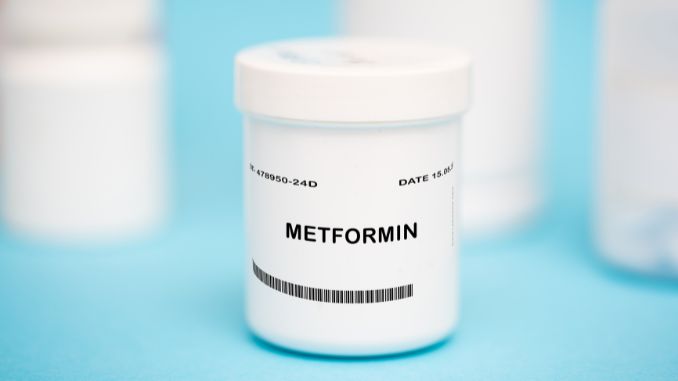Metformin is a widely used oral medication for managing type 2 diabetes. It helps regulate blood sugar by reducing glucose production in the liver, improving insulin sensitivity, and decreasing glucose absorption in the intestines.
Metformin is often the first choice for diabetes treatment due to its effectiveness and safety. Beyond diabetes, Metformin is also used for polycystic ovary syndrome (PCOS) to improve insulin resistance and lower androgen levels.
Furthermore, research suggests potential benefits in cancer prevention, weight management, cardiovascular protection, and anti-aging. Metformin’s broad impact on glucose metabolism and favorable safety profile make it a cornerstone in treating type 2 diabetes and other metabolic conditions. However, to ensure effectiveness and mitigate side effects, taking metformin comes with certain food restrictions.
In this article, we’ll explore the types of foods you should avoid while taking Metformin and explain why these dietary choices are important. By understanding these diet, you can maximize the benefits of Metformin and maintain better overall health.
Foods to Avoid While Taking Metformin and Why
1. Alcohol

The interaction between alcohol and Metformin can significantly increase the risk of lactic acidosis, a rare but life-threatening condition. Lactic acidosis occurs when lactic acid gathers in the bloodstream faster than it can be removed.
This leads to symptoms like muscle pain, difficulty breathing, extreme fatigue, and abdominal discomfort. Alcohol consumption, particularly in excessive amounts, exacerbates this risk by impairing the liver’s ability to process lactate.
Additionally, alcohol can cause fluctuations in blood sugar levels, complicating the management of diabetes and potentially leading to hypoglycemia or hyperglycemia. Therefore, individuals taking Metformin are advised to limit or avoid alcohol [³] to prevent these serious complications and ensure effective diabetes management.
2. Sugary Foods and Drinks

Consuming high amounts of sugar can cause a surge in blood glucose levels, counteracting the blood sugar-lowering effects of Metformin. This includes sweets, desserts, sugary cereals, and sugary beverages. Aim to consume within the recommended daily limit for added sugar: [⁴] six teaspoons for women and nine teaspoons for men.
- Soda
- Fruit juices with added sugar
- Candy
- Cookies
- Cakes
- Pastries
- Ice cream
- Sweetened cereals
- Energy drinks
- Sweetened yogurt
- Flavored coffee drinks
- Sweetened teas
- Chocolate bars
- Syrups (such as maple syrup and corn syrup)
- Jams and jellies with added sugar
3. High-Fat Foods
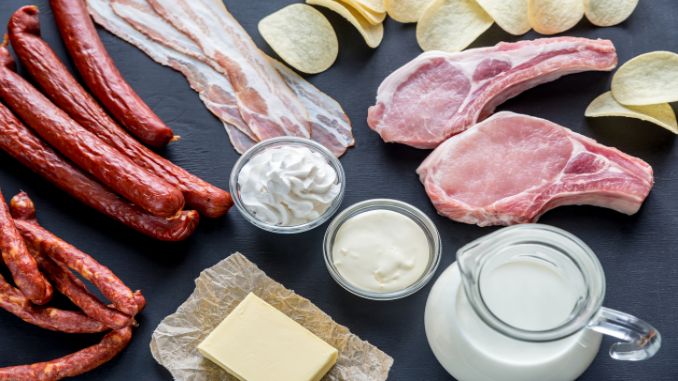
High-fat foods can impair glucose control [¹] and exacerbate gastrointestinal side effects like diarrhea and nausea, which are common when taking metformin. Saturated fats, found in foods like full-fat dairy products, butter, and fatty cuts of meat, can contribute to insulin resistance and negatively impact cardiovascular health.
On the other hand, unsaturated fats, such as those found in avocados, nuts, seeds, and olive oil, are healthier options that can support overall health without the adverse effects associated with saturated fats.
Choosing unsaturated fats over saturated fats helps in controlling blood sugar levels more effectively and reduces the risk of complications while taking metformin.
Foods High in Saturated Fats:
- Butter
- Full-fat cheese
- Fatty cuts of meat
- Fried foods
- Pastries
- Ice cream
4. Refined Carbohydrates
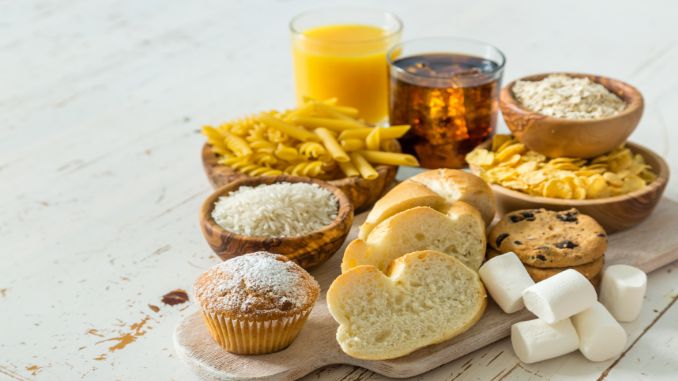
Foods to avoid while taking metformin like white bread, pasta, and white rice can cause rapid increases in blood sugar levels, undermining the glucose-lowering effects of Metformin.
- White bread
- White rice
- Pasta made from refined flour
- Pastries (such as donuts and cakes)
- Cookies and crackers made with refined flour
- Breakfast cereals with refined grains and added sugars
5. Processed Foods

Processed foods [⁵] frequently contain hidden sugars, unhealthy fats, and various additives that can cause high blood sugar. These ingredients can cause rapid spikes and crashes in blood glucose levels. This makes it difficult to manage diabetes effectively.
Unhealthy fats, including trans fats and excessive saturated fats, contribute to insulin resistance and cardiovascular issues.
Additionally, additives and preservatives can lead to inflammation and other adverse health effects. Consuming a diet loaded with processed foods can result in weight gain, poor nutritional intake, and an increased risk of chronic diseases, undermining efforts to maintain a balanced and healthy lifestyle.
- Packaged snacks (such as chips and pretzels)
- Frozen meals (like TV dinners and frozen pizzas)
- Canned soups and stews
- Processed meats (including sausages, hot dogs, and deli meats)
- Instant noodles and pasta mixes
- Breakfast cereals with added sugars and refined grains
Best Foods to Consume While Taking Metformin
When managing diabetes with Metformin, choosing the right foods can significantly enhance its effectiveness and contribute to overall health. Here are some of the best foods to consume while taking Metformin:
1. High-Fiber Foods
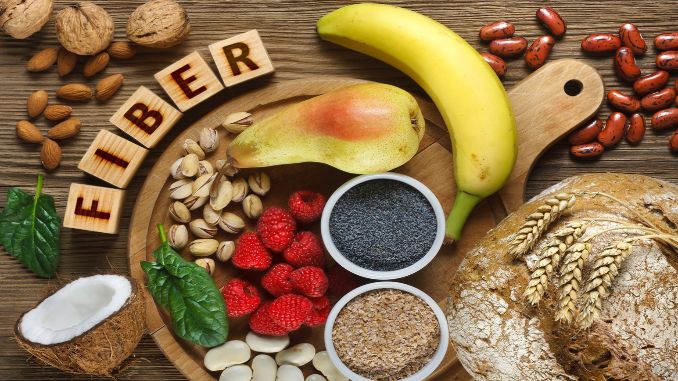
Fiber plays a crucial role in stabilizing blood sugar levels by slowing the absorption of sugar into the bloodstream. Foods rich in fiber [²] can help manage glucose levels and reduce the risk of blood sugar spikes, making them ideal for individuals on Metformin.
Examples of High-Fiber Foods:
- Whole Grains: Brown rice, quinoa, oatmeal, and whole-wheat bread.
- Legumes: Lentils, beans (such as black beans, kidney beans, and chickpeas), and peas.
- Vegetables: Leafy greens (spinach, kale), broccoli, carrots, and Brussels sprouts.
- Fruits: Apples, pears, berries (such as blueberries, raspberries, and strawberries), and oranges.
- Nuts and Seeds: Almonds, flaxseeds, chia seeds, and walnuts.
2. Non-Starchy Vegetables

Non-starchy vegetables are low in carbohydrates and calories, making them a perfect choice for maintaining blood sugar levels. They are also rich in essential vitamins, minerals, and antioxidants that support overall health.
Examples of Non-Starchy Vegetables:
- Leafy Greens: Spinach, kale, collard greens, and Swiss chard.
- Cruciferous Vegetables: Broccoli, cauliflower, Brussels sprouts, and cabbage.
- Other Vegetables: Zucchini, cucumber, bell peppers, asparagus, and mushrooms.
3. Lean Protein Sources
Incorporating lean protein into your diet can help stabilize blood sugar levels and support muscle health. Proteins have minimal impact on blood glucose and can provide a sense of fullness, reducing the likelihood of overeating.
Examples of Lean Protein Sources:
- Poultry: Skinless chicken and turkey.
- Fish: Salmon, mackerel, sardines, and tuna (rich in omega-3 fatty acids).
- Plant-Based Proteins: Tofu, tempeh, and edamame.
- Legumes: Lentils, beans, and chickpeas (which also provide fiber).
- Low-Fat Dairy: Greek yogurt, cottage cheese, and low-fat milk.
4. Healthy Fats

Healthy fats, particularly unsaturated fats, support heart health and can improve insulin sensitivity, aiding in better blood sugar control. These fats also help absorb fat-soluble vitamins and provide long-lasting energy.
Examples of Healthy Fats:
- Avocados: Rich in monounsaturated fats that support cardiovascular health.
- Nuts and Seeds: Almonds, walnuts, chia seeds, and flaxseeds.
- Olive Oil: A staple of the Mediterranean diet, known for its heart-healthy properties.
- Fatty Fish: Salmon, mackerel, and sardines, which are high in omega-3 fatty acids.
5. Low-Glycemic Index (GI) Foods
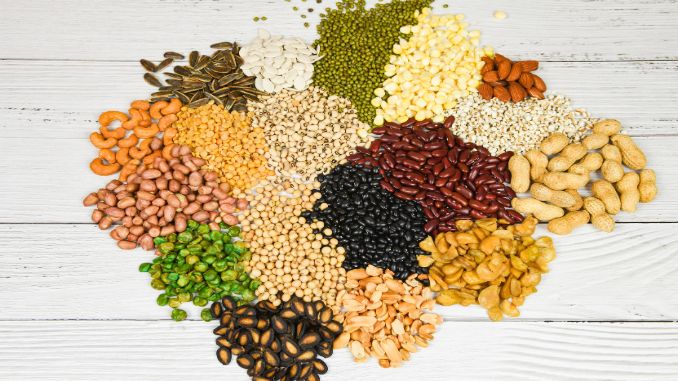
Foods with a low glycemic index release glucose slowly and steadily into the bloodstream, helping to maintain stable blood sugar levels. Consuming low-GI foods can enhance Metformin’s effectiveness in managing diabetes.
Examples of Low-Glycemic Index Foods:
- Whole Grains: Steel-cut oats, barley, and quinoa.
- Legumes: Lentils, chickpeas, and black beans.
- Non-Starchy Vegetables: Broccoli, spinach, and cauliflower.
- Fruits: Apples, berries, and cherries.
- Dairy: Low-fat yogurt and milk.
Conclusion
In conclusion, while taking metformin, it is essential to avoid certain foods to enhance the medication’s effectiveness and promote better blood sugar management. Limiting sugary foods and drinks, reducing high-fat food intake, steering clear of refined carbohydrates, and avoiding processed foods with hidden sugars and unhealthy fats are key dietary adjustments.
By prioritizing whole grains, high-fiber foods, healthy fats, and fresh ingredients, individuals can optimize their health outcomes and support the benefits of metformin. Maintaining stable blood sugar levels and consulting with healthcare providers for personalized dietary advice further contribute to successful diabetes management.
Do you use Metformin for managing diabetes or other health conditions? It’s important to understand how certain foods can impact its effectiveness. Check out our guide on what foods to avoid and our “Best Foods that Rapidly Slim & Heal in 7 Days.“


Rick Kaselj MS, is a leading kinesiologist and injury specialist as well as co-creator of the best-selling Unlock Your Hip Flexors program. Rick creates exercise programs that help people heal injuries and eliminate pain, so they can go back to living a full, active, healthy life.

